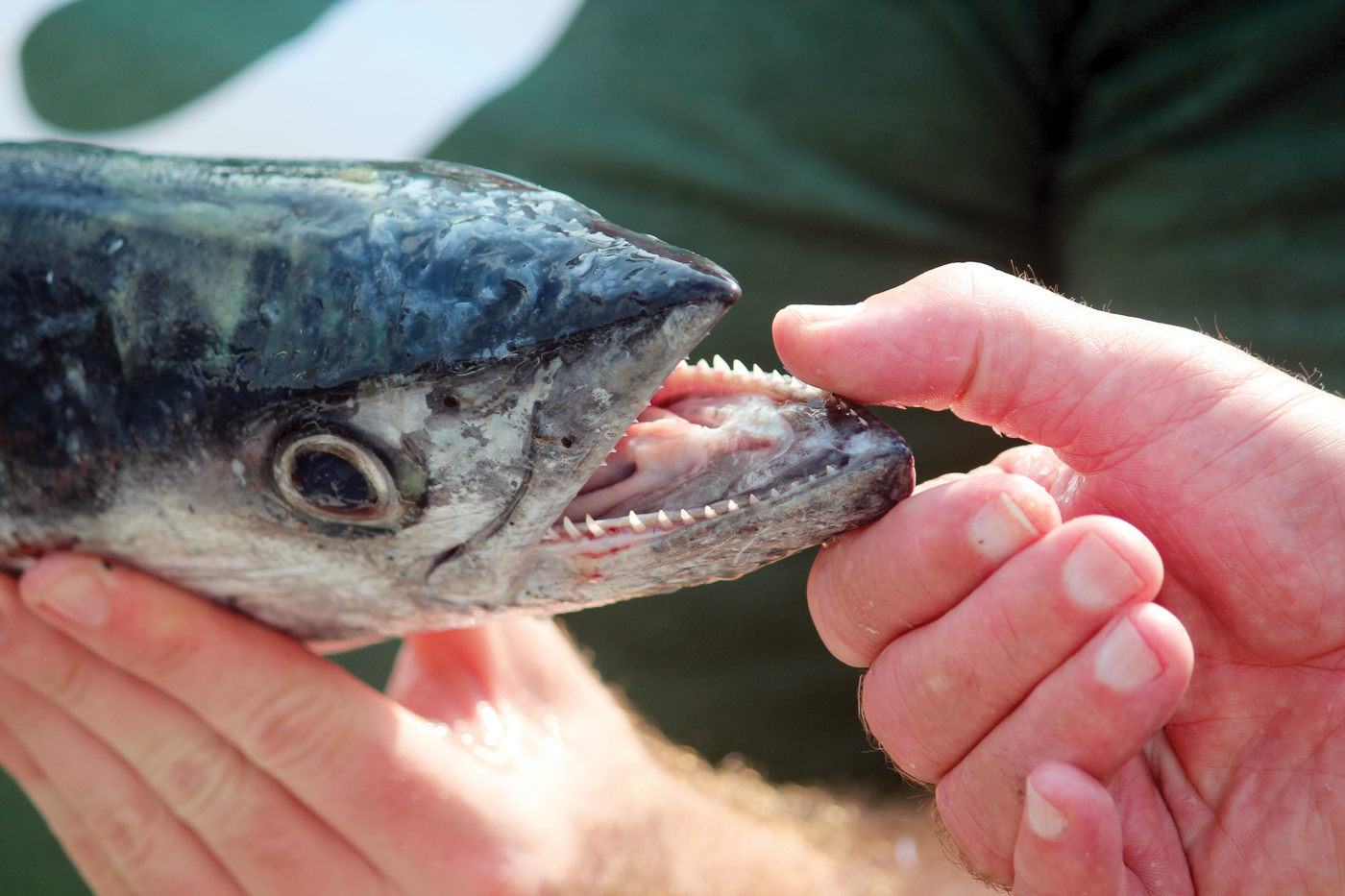 By Capt. Joe Kent
By Capt. Joe Kent
If you took a survey of boaters in the Seabrook area and asked which month they found to be the most enjoyable on the water, the answer most likely would be either October or November. While both months are enjoyable to be on the water, November likely would get the edge.
Barring cold fronts, the weather is normally very stable and temperatures a far cry from the summer and early fall heat.
While conditions are pleasant to be on the water, anglers enjoy both the climate and the fishing, as fishing often is at its best during November.
Flounder are usually on the move and just about any fishing spot around the Seabrook, Clear Lake area is a good candidate to find flat fish. All along the Clear Creek Channel and its offshoots, like the marinas and boat basins, flounder will be found close to the pilings and bulkheads.
This same scenario holds true for areas surrounding the mouth of the channel where it empties into Galveston Bay. Shorelines on both sides of the mouth produce some nice flat fish during early November, as flounder are leaving the back bays and lakes to make their winter home in the Gulf of Mexico.
While flounder gigging is a popular method for taking the flatfish, during November it is outlawed and the daily bag limit for pole and line anglers is reduced from five to two.
While anglers are limited to two fish per day, the size is larger on average than at other times of the year.
While flounder get the attention of numerous anglers, speckled trout and reds are the focus of the majority.
The same areas around Clear Lake that are noted for flounder also are good for red fish. One area that seems to turn on in the fall, especially in November, is the cut from Clear Lake into Lake Pasadena or Mud Lake as it once was called.
While the best odds for speckled trout are going to be in Galveston Bay, reds also will be found schooling near them, especially in active feeding areas.
The Seabrook Flats and other locations all the way to Sylvan Beach are known as trout territory in the fall and winter.
Anglers fishing Sylvan Beach say that November is the best month to find specks schooling in that area.
East of Kemah, along the shores of Galveston Bay, trout will be found feeding all throughout the late fall and winter.
During the time when the HL&P Power Plant was in operation at Bacliff, trout and reds would be caught in good numbers outside of the plant’s spillway.
As November progresses, many anglers opt to make the trip across the bay from the Kemah-Seabrook area to fish Trinity Bay. Thanksgiving is one of the best times to fish that area and the ride over there is not that long.
Among popular choices for Trinity Bay are the numerous gas well shell pads that exist throughout the bay, the shell reefs near Beach City and the north shoreline close to the mouth of the Trinity River.
While November is one of the most active months for many people, hopefully you can find time to enjoy some of the excellent fishing and crabbing that are prevalent in the Galveston Bay Complex.


 By Capt. Joe Kent
By Capt. Joe Kent












